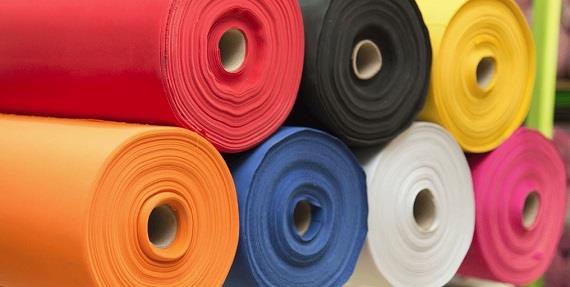In the build up to the International Nonwovens Symposium in Rome next month, our General Manager Pierre Wiertz caught up with one of the key speakers, Anders Bergner, Material & Technique Developer at IKEA, to discuss challenges and opportunities in the materials sector.
Pierre Wiertz: You are joining us in Rome to examine the challenges, and practices in addressing these challenges, in materials sourcing. What do you think is the biggest single driver of change in this field?
Anders Bergner: Value chains need to be developed and optimized. Value needs to be created at the consumer end – that mind set needs to change.
PW: How big of a game changer do you believe the apparent consumer driven demand for more ecological and sustainable products is? Is it in fact consumer driver or are producers leading the charge? And how has it affected the material supply chain?
AB: Sustainability is no longer a “good to have”, it is rather a hygiene factor when IKEA looks at life at home 2030. Millennials – the next generation of customers, are more focused on sustainability, they expect more and tend to make choices in different ways compared to past generations.
We believe sustainability is a driver for innovation and growth – we have embraced sustainability and circularity from a perspective of doing business in a responsible way and to have sustainable business long term.
PW: How diverse are regional demands for materials? Are they converging?
AB: Well, materials are materials and we have a global range. There can be different challenges for some materials in different parts of the world e.g. board materials in humid and hot environments, or different preferences in softer or harder comfort for upholstery and mattresses for different markets. At the end customers buy products and solutions and not materials. Products should look nice, good design and quality with great functionality. Then sustainability and affordability is a given from our perspective. Materials do play a role, sure hence we are moving towards more sustainable materials wherever possible.
PW: What is the most exciting technical innovation on the horizon for you?
AB: One of the most exciting areas at present is our strategy to reduce our need of PU-foam and in parallel making PU-foam more sustainable. This change from fossil-based PU-foam involves several different solutions and new innovations, some of them patented and some building on profound know-how developed during several years, and it’s not a secret, these solutions and innovations are partly related to fibres and nonwovens. The main driver for this change is becoming more sustainable, but the more we have been working to solve sustainability, other benefits has also been possible to achieve. Overall, we are aiming for a gradual implementation of these new solutions in coming years and the first product involving a new material solution replacing PU-foam will hit the market during next year.
Another area, not related to nonwovens, at least as we know them in this forum, but still very important to make IKEA more sustainable is about making our wood-fibre based board materials more sustainable. One very promising project is about eliminating the need for UF (Urea Formaldehyde) as bonding agent in board materials.
PW: And, conversely, the biggest coming challenge?
AB: Going renewable in all polymer and chemical dimensions is a huge challenge since industrial capacities need to be developed together with suppliers throughout the full value chain. Existing capacities are not enough for IKEA needs and moreover, todays renewable materials don’t meet IKEA technical requirements for all our applications. Hence, IKEA need to develop both new solutions (materials/processes/application adaptions) and industrial capacities in parallel. Therefore, the ambition of reaching our sustainability goals until 2030 becomes very challenging.

